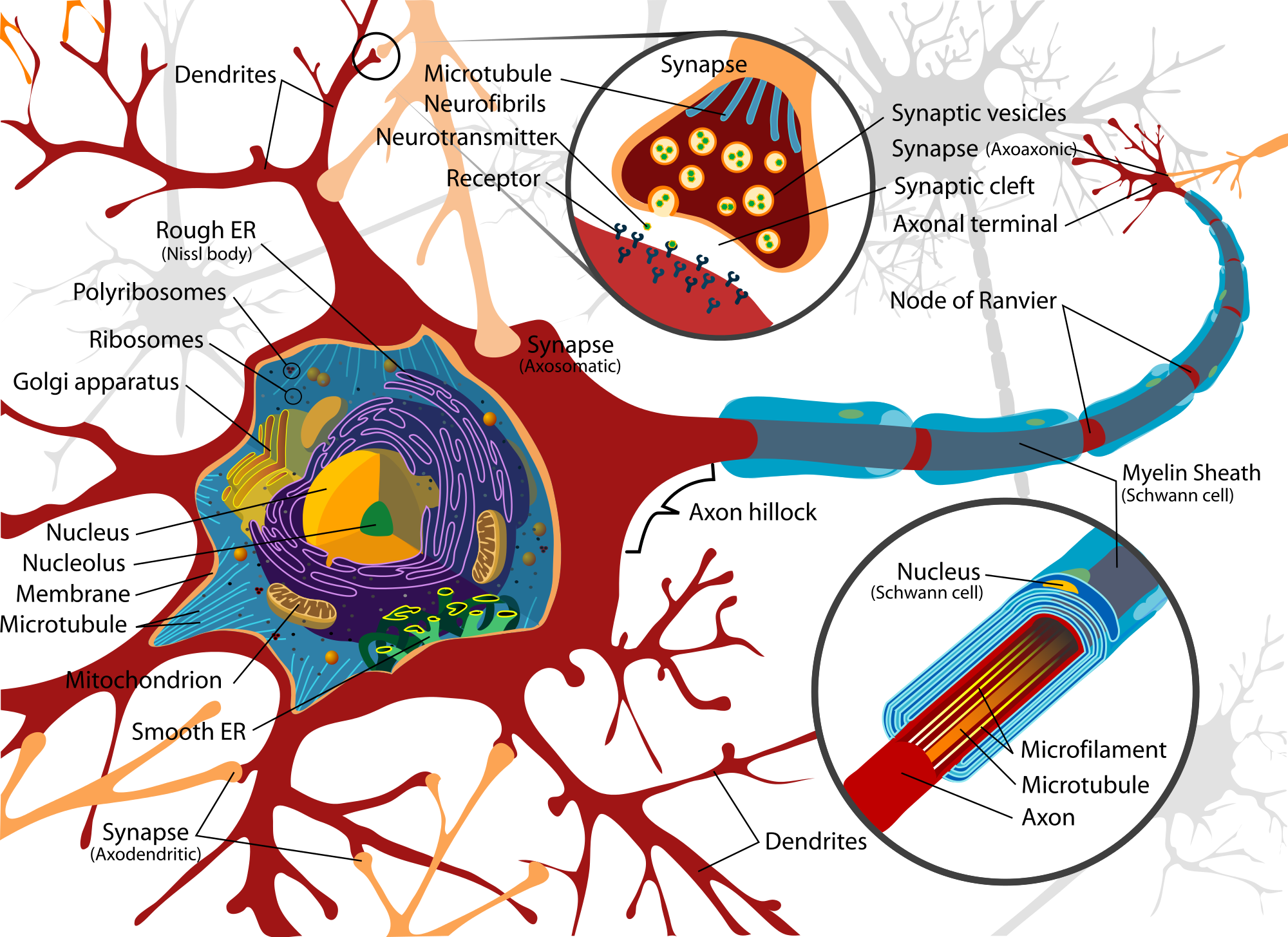A laser welding machine is a cutting-edge device that uses a highly concentrated laser beam to join metal or thermoplastic components. Unlike traditional welding techniques, laser welding offers pinpoint accuracy, minimal heat distortion, and exceptionally strong welds. This technology has gained widespread adoption in automotive, aerospace, jewelry, electronics, and medical device manufacturing.
Laser welding stands out for its:
-
Speed and precision
-
Non-contact process
-
Low thermal impact
-
Deep weld penetration
-
High automation capability
Types of Laser Welding Machines
| Type | Laser Source | Applications | Key Features |
|---|---|---|---|
| Fiber Laser Welder | Fiber laser | Automotive, precision machining | High efficiency, low maintenance |
| CO2 Laser Welder | CO2 gas | Non-metallic materials, plastic | Good for plastics and organic materials |
| Nd:YAG Laser Welder | Solid-state laser | Jewelry, electronics | High pulse energy, shorter wavelength |
| Handheld Laser Welder | Fiber or diode | Field repairs, small workshops | Portable, easy to use |
How Does a Laser Welding Machine Work?
Laser welding machines operate by:
-
Generating a laser beam from a power source (typically fiber, CO₂, or Nd:YAG).
-
Focusing the beam onto a small area of the workpiece.
-
Melting the material at the joint line due to high energy density.
-
Solidifying the melt pool, creating a strong weld upon cooling.
There are two main laser welding modes:
-
Conduction Welding: Shallow penetration, used for thin materials.
-
Keyhole Welding: Deep penetration, used in structural applications.
Key Benefits of Laser Welding Machines
-
✅ High Precision: Ideal for intricate and delicate welds.
-
✅ Minimal Distortion: Localized heating means low impact on surrounding material.
-
✅ Speed & Efficiency: Significantly faster than traditional TIG or MIG welding.
-
✅ Versatility: Works with stainless steel, aluminum, titanium, copper, etc.
-
✅ Automation Friendly: Perfect for integration with robotic systems.
-
✅ Low Operating Cost: Modern machines are energy efficient with minimal consumables.
Who Should Use a Laser Welding Machine?
Laser welding machines are perfect for:
-
Manufacturers in aerospace, automotive, and electronics
-
Jewelry makers needing fine welds without discoloration
-
Medical device engineers requiring bio-safe welds
-
Workshop owners offering repair or customization services
-
Industrial automation integrators
Considerations Before Buying
✔ Material Type
Ensure your machine supports the metal/alloy you work with — especially reflective materials like aluminum or copper.
✔ Weld Thickness
Check the maximum penetration depth and whether the machine supports single-pass welding for your typical material thickness.
✔ Mode of Operation
Decide between manual (handheld), semi-automated, or fully robotic systems based on your production needs.
✔ Power Output
Power typically ranges from 100W to 3000W+. Higher wattage allows deeper and faster welding.
✔ Cooling System
Choose between air-cooled (compact, low-power) or water-cooled (high-power, industrial use).
Common Applications of Laser Welding Machines
-
🚗 Automotive: Battery modules, gear parts, sensors
-
💍 Jewelry: Gold, silver, platinum joining
-
🧬 Medical: Surgical tools, implants, pacemakers
-
📱 Electronics: Circuit boards, connectors, sensors
-
✈️ Aerospace: Titanium alloy welding, turbine parts
Latest Trends in Laser Welding (2025)
-
AI-Enhanced Welding Path Optimization: Reduces defects and enhances repeatability.
-
Integration with 3D Vision Systems: Enables real-time seam tracking and adaptive welding.
-
Compact Handheld Lasers: Growing demand for portable solutions in field applications.
-
Hybrid Welding Techniques: Combining laser with TIG/MIG for superior strength.
Technical Specifications to Compare
| Feature | Specification |
|---|---|
| Laser Type | Fiber / CO₂ / Nd:YAG |
| Wavelength | 1064 nm (Fiber), 10.6 μm (CO₂) |
| Spot Size | 0.1 mm – 2.0 mm |
| Max Power | 100W – 6000W |
| Cooling | Air / Water |
| Beam Delivery | Fiber optic / Mirror-guided |
| Operating Mode | Continuous or Pulsed |
| Weld Speed | Up to 10 m/min |
FAQs About Laser Welding Machines
❓ Is laser welding better than TIG welding?
Yes, laser welding is faster, more precise, and causes less thermal distortion than TIG. However, TIG can be more suitable for certain thick or large welds where portability is not a concern.
❓ Can laser welders handle aluminum or copper?
Yes, modern fiber laser welders with high peak power and pulse modulation are well-suited for reflective metals like aluminum and copper.
❓ Is laser welding safe?
When proper laser safety measures (e.g., protective eyewear, enclosure systems) are in place, it is a safe and controlled process.
❓ How much does a laser welding machine cost?
Prices vary widely:
-
Entry-level handheld models: $2,000–$10,000
-
Mid-range industrial systems: $10,000–$50,000
-
Advanced robotic systems: $50,000–$150,000+
❓ What maintenance is required?
Laser welders are low maintenance, especially fiber types. Periodic checks on:
-
Laser source
-
Cooling system
-
Optics and focus lens
are usually sufficient.
Buyer’s Checklist for 2025
-
🔲 Match laser type with your material needs.
-
🔲 Confirm maximum weld thickness and depth.
-
🔲 Choose power output based on your application.
-
🔲 Evaluate support and training services from the manufacturer.
-
🔲 Ensure availability of replacement parts and warranties.
-
🔲 Check compatibility with automation or robotic arms.
Pro Tips for First-Time Users
-
Start with pre-set welding parameters for your material to avoid burn-through.
-
Use shielding gas (e.g., argon) to prevent oxidation and discoloration.
-
Practice on sample pieces to understand how beam focus and travel speed impact the weld quality.
-
Keep lenses and mirrors clean to avoid beam distortion.
If you're aiming for ultra-precise, fast, and durable welds with minimal human error, investing in a laser welding machine is one of the smartest decisions a manufacturer or workshop can make today.
